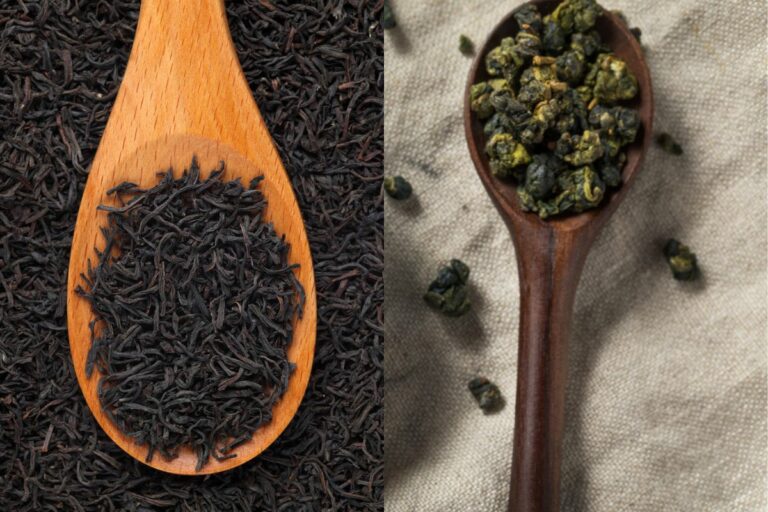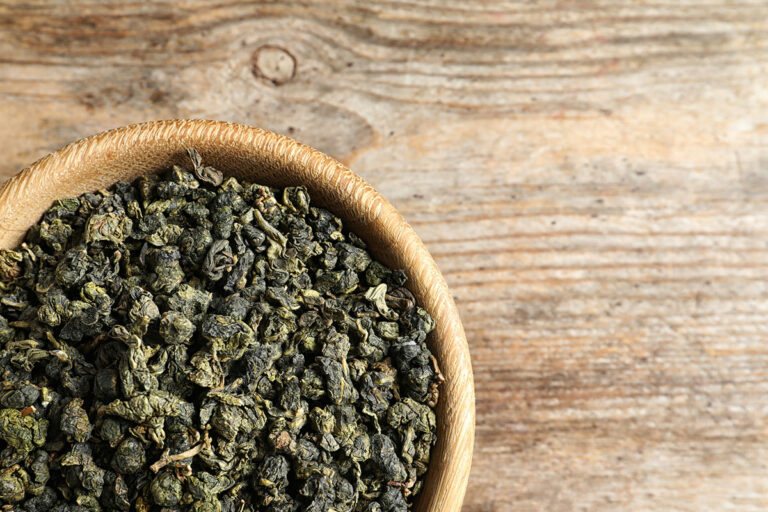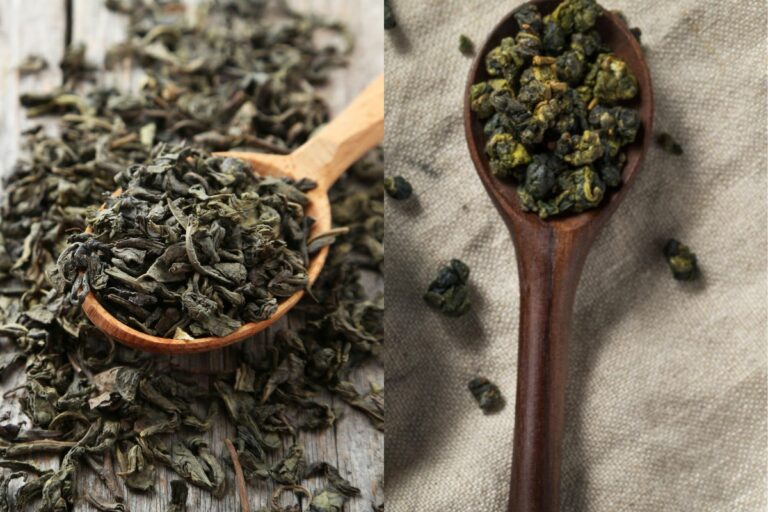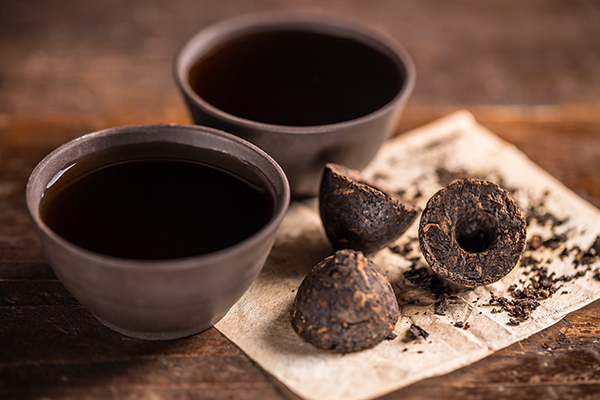Pu Erh Tea vs. Oolong Tea: A Comprehensive Comparison
As the world of tea continues to expand, it’s no wonder that more and more people are becoming interested in the nuances between different types of tea. Two such varieties that have been gaining popularity are pu-erh tea and oolong tea.
In this article, we will explore the differences between these two types of tea, including their origins, processing methods, health benefits, caffeine content, and taste profiles.

Origins of Pu Erh Tea and Oolong Tea
Pu Erh Tea Origins
Pu-erh tea hails from the Yunnan province in southwestern China, which has a rich history of tea cultivation spanning over 2,000 years. This tea is made from the leaves of the Camellia sinensis plant, specifically the broad-leafed Assamica variety. Pu-erh tea is often aged, which contributes to its unique flavor and aroma.
Oolong Tea Origins
Oolong tea, on the other hand, is primarily produced in the Fujian and Guangdong provinces of China, as well as in Taiwan. This tea is also derived from the Camellia sinensis plant, though it is typically made from the smaller-leafed Chinese variety. Oolong tea is semi-oxidized, giving it characteristics that fall between black tea and green tea.
Processing Methods for Pu Erh Tea and Oolong Tea
Pu Erh Tea Processing
The processing of pu-erh tea is quite complex and involves several steps.
First, the leaves are harvested and withered to reduce moisture content.
They are then pan-fired to halt oxidation, after which they are rolled and shaped.
The crucial step that distinguishes pu-erh tea from other varieties is the fermentation process. Pu-erh tea can be fermented in two ways: either naturally over time (known as raw or sheng pu-erh) or through an accelerated process involving the addition of beneficial bacteria (known as ripe or shou pu-erh).
The tea is then compressed into various shapes, such as cakes, bricks, or tuo cha, and stored for aging.
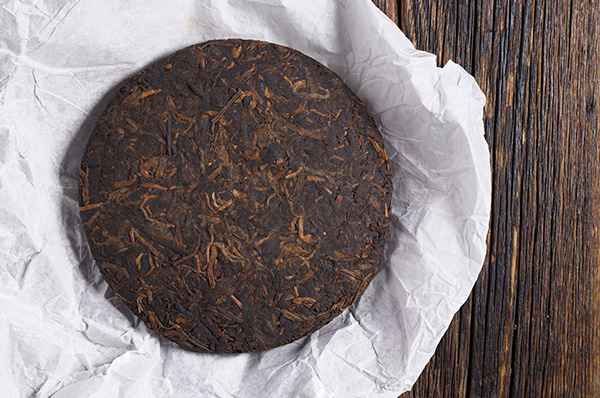
Oolong Tea Processing
Oolong tea processing involves several steps as well, including withering, bruising, and oxidation.
The leaves are first withered under the sun to reduce moisture content.
Next, they are bruised by being shaken, rolled, or tossed to break down the cell walls and release the enzymes responsible for oxidation. The level of oxidation for oolong tea can range anywhere from 10% to 85%, depending on the desired flavor profile.
After reaching the desired level of oxidation, the leaves are pan-fired to halt further oxidation.
Finally, the leaves are shaped and dried, sometimes undergoing additional roasting to enhance the flavor.
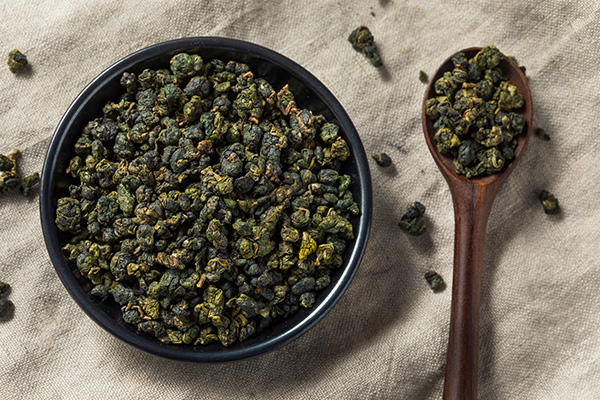
Benefits of Pu Erh Tea vs. Oolong Tea
Health Benefits of Pu Erh Tea
Pu-erh tea has long been valued for its potential health benefits, which include:
- Aiding digestion: The fermentation process of pu-erh tea is thought to encourage the growth of beneficial bacteria that can aid digestion and alleviate gastrointestinal issues.
- Supporting weight loss: Pu-erh tea is believed to have thermogenic properties, which may help to increase metabolism and support weight loss efforts.
- Boosting the immune system: The antioxidants in pu-erh tea are thought to help protect cells from damage and bolster the immune system.
Health Benefits of Oolong Tea
Oolong tea is also praised for its potential health benefits, such as:
- Supporting weight loss: Like pu-erh tea, oolong tea is believed to have thermogenic properties that can help to increase metabolism and aid in weight loss efforts.
- Promoting heart health: Regular consumption of oolong tea has been associated with lower risks of developing heart disease, as it may help to reduce cholesterol levels and improve overall heart health.
- Enhancing cognitive function: Oolong tea contains antioxidants known as catechins, which have been shown to protect brain cells and potentially improve cognitive function.
While both pu-erh and oolong teas offer various health benefits, it is important to remember that individual responses may vary, and these teas should not be considered as a substitute for a balanced diet and a healthy lifestyle.
Pu Erh Tea vs. Oolong Tea Caffeine
The caffeine content in tea can vary widely depending on factors such as the type of tea, processing methods, and steeping time. However, generally speaking, both pu-erh tea and oolong tea contain moderate amounts of caffeine.
Pu-erh tea typically contains slightly more caffeine than oolong tea, with an average of 30-70 milligrams per 8-ounce cup. In contrast, oolong tea usually contains around 30-50 milligrams of caffeine per 8-ounce cup.
It’s important to note that these numbers are not set in stone, and individual teas may vary in their caffeine content.
Taste of Pu Erh Tea vs. Oolong Tea
Pu Erh Tea Taste
The taste of pu-erh tea can be quite diverse, largely depending on the specific tea and the length of aging.
Raw (sheng) pu-erh teas tend to have a more astringent and bitter taste, which mellows over time as the tea ages.
Ripe (shou) pu-erh teas, on the other hand, have a smoother, earthier taste due to the accelerated fermentation process.
Some common flavor notes in pu-erh tea include earthiness, woodiness, and sometimes hints of fruit or floral undertones. The taste can be complex and is often described as an acquired taste, but those who appreciate pu-erh tea often become avid enthusiasts.
Oolong Tea Taste
Oolong tea offers a wide range of flavors and aromas, depending on the level of oxidation and the specific processing techniques used.
Lightly oxidized oolongs, such as those from Taiwan, often have a floral, fruity, and somewhat creamy taste.
More heavily oxidized oolongs, like those from the Wuyi Mountains in China, exhibit a darker, richer flavor with notes of chocolate, roasted nuts, or even minerals.
The taste of oolong tea is generally smoother and more delicate than that of pu-erh tea, making it more accessible to those who are new to the world of tea.
Best Oolong Teas to Try
If you’ve decided to opt for oolong tea, we’ve compiled a list of the best oolong teas that we’ve discovered.
Conclusion
Both pu-erh tea and oolong tea offer unique flavors, health benefits, and histories that are worth exploring.
The earthy, complex flavors of pu-erh tea can provide a fascinating experience for those who appreciate depth and nuance in their tea, while the delicate, diverse taste profiles of oolong tea make it an excellent choice for both beginners and experienced tea drinkers alike.
Regardless of your personal preferences, there is a world of flavor waiting for you to discover in the realm of pu-erh and oolong teas.

